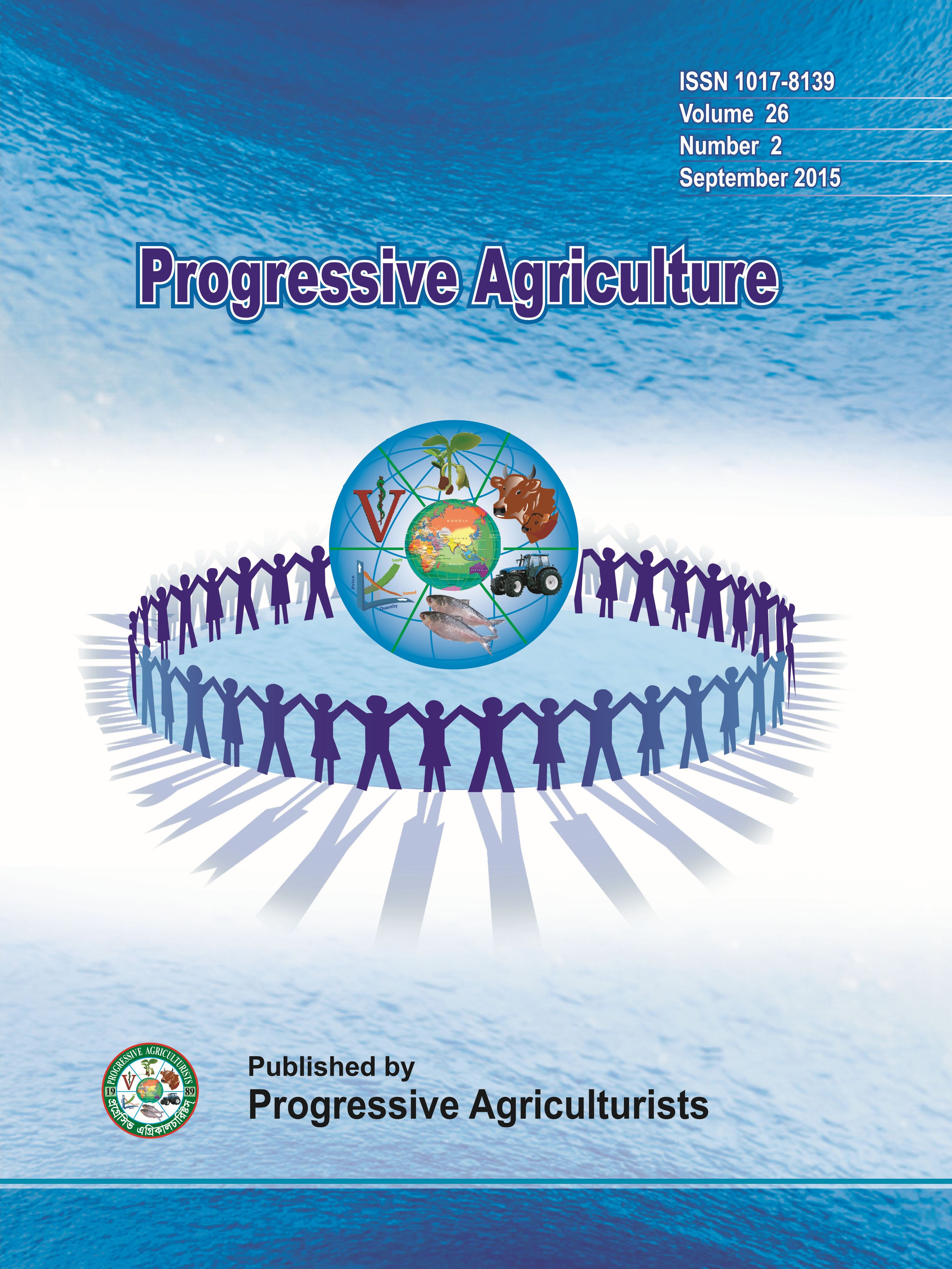Experimental infection of Aeromonas hydrophila in pangasius
DOI:
https://doi.org/10.3329/pa.v27i3.30836Keywords:
Experimental infection, Aeromonas hydrophila, pangasiusAbstract
Experimental infections of Aeromonas hydrophila in juvenile pangasius (Pangasianodon hypophthalmus) were studied. Five different challenge routes included intraperitoneal (IP) injection, intramuscular (IM) injection, oral administration, bath and agar implantation were used with different preparations of the bacteria to infect fish. The challenge experiments were continued for 15 days. A challenge dose of 4.6×106 colony forming unit (cfu) fish-1 was used for IP and IM injection and oral administration method. Generally, IP route was found more effective for infecting and reproducing clinical signs in fish that caused 100% mortality at the end of challenge. IM injection, oral and bath administration routes were also found effective for infecting and reproducing the clinical signs in fish to some extent. Agar implantation with fresh colonies of bacteria also caused 100% mortality of challenged fish very quickly with no visible clinical signs in fish. The major clinical signs of challenged fish included reddening around eyes and mouth, bilateral exophthalmia, hemorrhage and ulceration at fin bases and fin erosion.
Progressive Agriculture 27 (3): 392-399, 2016
Downloads
197
189

